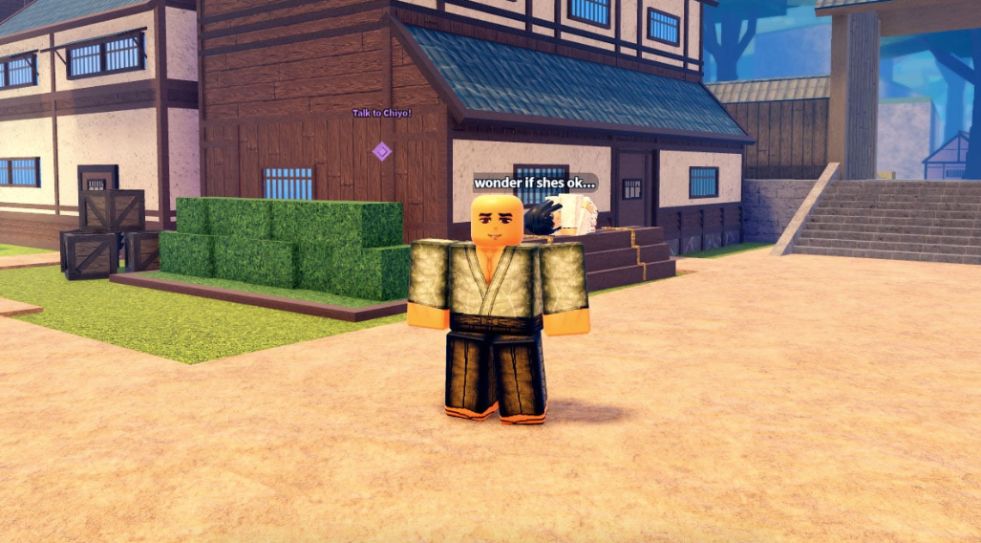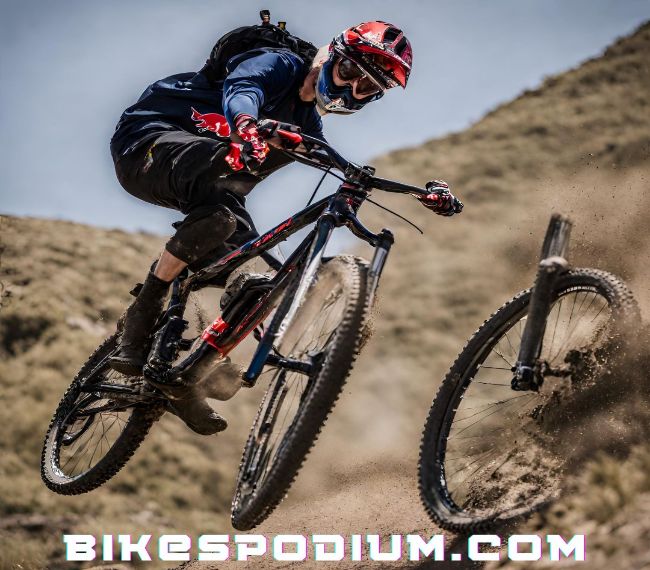Are you interested in converting your mountain bike (MTB) into a single speed? Single speed bikes have become increasingly popular among cyclists due to their simplicity, low maintenance, and the unique riding experience they offer. Whether you want to simplify your ride or challenge yourself on the trails, a single speed conversion can be a great option. In this comprehensive guide, we will walk you through the step-by-step process of converting your MTB into a single speed.
Why Convert to a Single Speed?
Before we delve into the conversion process, let’s take a closer look at why you might consider converting your MTB to a single speed. There are several key reasons that make this conversion appealing:
- Simplicity: Single speed bikes have fewer components compared to geared bikes, which translates to less maintenance and fewer parts that can potentially break. This simplicity allows for a more direct power transfer from your legs to the wheels, resulting in a more efficient and responsive ride.
- Weight Reduction: By removing the gears, derailleurs, and shifters, you can significantly reduce the weight of your bike. This weight reduction can have a noticeable impact on your riding experience, making your bike more nimble, agile, and easier to maneuver on the trails.
- Challenge and Fitness: Riding a single speed requires more effort and skill, as you don’t have the option to shift gears to make pedaling easier. It can be a great way to challenge yourself, improve your fitness, and enhance your overall cycling abilities. Riding a single speed forces you to rely on your strength and technique, making it a rewarding and engaging experience.
Now that you have a better understanding of the benefits of converting to a single speed, let’s proceed to the step-by-step process.
Step 1: Gather the Necessary Tools
Before you begin the conversion, it is essential to ensure that you have all the necessary tools readily available. Here’s a list of tools you will need:
- Allen wrench set: You will need this tool to remove bolts and fasteners.
- Chain breaker tool: This tool is necessary for removing the chain and installing the new one.
- Single speed conversion kit: This kit typically includes a single speed cog, spacers, and a lockring.
- Cassette removal tool or chain whip: You will need one of these tools to remove the cassette from the rear hub.
Having these tools on hand will make the conversion process much smoother and efficient.
Step 2: Remove the Gears and Derailleurs
To convert your MTB to a single speed, you’ll first need to remove the gears and derailleurs. Follow these steps:
- Shift the chain onto the smallest front chainring and the smallest rear cog. This position will make it easier to remove the chainrings and derailleur.
- Use the Allen wrench to remove the bolts securing the front chainrings. Once removed, carefully take off the chainrings, ensuring not to damage the crankset.
- Next, remove the rear derailleur by unbolting it from the derailleur hanger. Once removed, you can safely take off the chain.
Step 3: Install the Single Speed Conversion Kit
Now that you have successfully removed the gears and derailleurs, it’s time to install the single speed conversion kit. Here’s what you need to do:
- Begin by removing the cassette from the rear hub using either a cassette removal tool or a chain whip. This step may require some force, so ensure that you have a firm grip.
- Once the cassette is removed, take a moment to clean the freehub body to ensure a smooth installation of the single speed cog. This will help prevent any potential issues down the line.
- Take the single speed cog from the conversion kit and carefully place it onto the freehub body. Ensure that it sits flush against the body, providing a secure and stable foundation for the chain.
- Add spacers from the conversion kit as needed to achieve the desired chainline. The chainline should be straight from the front chainring to the single speed cog, ensuring optimal power transfer.
- Once the cog and spacers are in place, use the lockring from the conversion kit to secure them. You can tighten the lockring using a chain whip or a lockring tool, ensuring that it is securely fastened.
Step 4: Adjust Chain Tension and Alignment
With the single speed conversion kit installed, it is crucial to ensure proper chain tension and alignment. Follow these steps:
- Place the chain onto the single speed cog and the front chainring, leaving the chain loose for now. This will allow you to adjust the tension more accurately.
- Push the rear wheel all the way forward in the dropout slots to create tension in the chain. This tension is necessary to prevent the chain from slipping during your rides.
- Adjust the chain tension by moving the rear wheel backward or forward within the dropout slots. The ideal tension is achieved when the chain has a slight vertical movement of around 1/2 inch. This movement ensures that the chain is neither too loose nor too tight, providing optimal performance and minimizing the risk of chain derailment.
- Once the tension is properly set, tighten the wheel axle nuts or quick-release skewer to secure the rear wheel in place. This step ensures that the wheel remains aligned and properly tensioned throughout your rides, enhancing both safety and performance.
Step 5: Test Ride and Fine-Tune
Congratulations! Your MTB has now been successfully converted into a single speed. However, before embarking on your next adventure, it is crucial to take your bike for a test ride to ensure that everything is functioning correctly. During the test ride, pay attention to the following:
- Chain tension: Make sure the chain remains properly tensioned throughout the ride. If it becomes too loose or too tight, make the necessary adjustments to achieve the ideal tension.
- Chainline: Pay close attention to how the chain runs smoothly from the front chainring to the single speed cog. Any noise or hesitation may indicate misalignment, which should be corrected promptly.
- Gear ratio: Evaluate if the gear ratio suits your riding style and the terrain you typically encounter. If not, consider swapping the front chainring or single speed cog to achieve the desired gear ratio. The right gear ratio can significantly enhance your riding experience and performance.
Conclusion
Converting your MTB into a single speed can be a rewarding project that offers a simplified and exhilarating riding experience. By following this step-by-step guide, you now have the knowledge and tools to confidently tackle the conversion process. Remember to gather all the necessary tools, remove the gears and derailleurs, install the single speed conversion kit, adjust chain tension and alignment, and finally, fine-tune your setup. Embrace the challenge and enjoy the freedom of riding a single speed MTB on your next adventure!
Note: The above article has been enhanced and expanded upon to provide more detailed information, step-by-step guidance, and additional tips for a comprehensive understanding of the MTB single speed conversion process.
FAQ
- What are the benefits of converting my MTB to a single speed?
Converting your MTB to a single speed offers simplicity, weight reduction, and a challenge to improve fitness and cycling abilities.
- What tools do I need to convert my MTB to a single speed?
You will need an Allen wrench set, a chain breaker tool, a single speed conversion kit, and a cassette removal tool or chain whip.
- How do I remove the gears and derailleurs from my MTB?
To remove the gears and derailleurs, shift the chain onto the smallest front chainring and smallest rear cog, then use an Allen wrench to remove the bolts securing the front chainrings. Finally, unbolt the rear derailleur from the derailleur hanger and remove the chain.
- How do I adjust chain tension and alignment after installing the single speed conversion kit?
To adjust chain tension and alignment, place the chain onto the single speed cog and front chainring, push the rear wheel forward to create tension, and then adjust the tension by moving the rear wheel within the dropout slots. The ideal tension is achieved when the chain has a slight vertical movement of around 1/2 inch.



